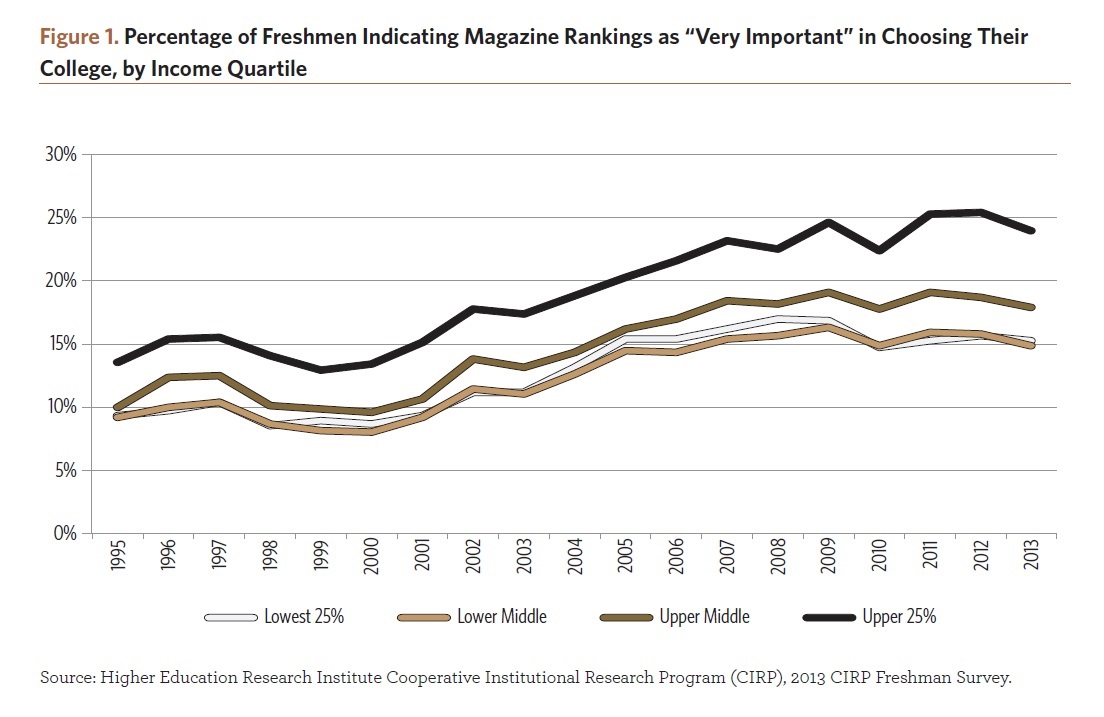You have /5 articles left.
Sign up for a free account or log in.
Since the White House rolled out its plan to create a federal college ratings system last August, administration officials have repeatedly insisted that they are not interested in putting together a scheme that would rank institutions.
As recently as Friday, for instance, Education Secretary Arne Duncan admonished a White House reporter’s suggestion that the administration is seeking to develop a system akin to the rankings compiled annually by U.S. News and World Report.
“Very different from U.S. News,” Duncan clarified. “This is not a ranking system; this is a rating system.”
The administration is proposing a system that rates institutions by giving them scores or grades on a set of indicators, officials have said, but it does not want to rank them numerically like a handful of publications do.
But a new paper released Wednesday by the American Council on Education makes the case against the administration’s proposed ratings system by laying out evidence it says shows that college rankings have harmed higher education.
“It’s not a big leap to make,” said Lorelle L. Espinosa, ACE’s assistant vice president for policy research and strategy, who co-wrote the paper. It is titled: “Rankings, Institutional Behavior, and College and University Choice: Framing the National Dialogue on Obama’s Ratings Plan.”
Espinosa said that that regardless of the metrics the administration chooses, there will be a rankings-like hierarchy of institutions that are rated well and those that aren’t.
The report cites research showing that college rankings influence institutional decision-making in negative ways and are also not a driving factor in student decisions, especially for those from low-income families.
While noting that “higher education has a love-hate relationship with college and university rankings,” the report says that rankings focused on institutional selectivity have incentivized colleges to shift spending, fund-raising, admissions and financial aid policies in ways that reinforce the socioeconomic stratification of institution.
Further, the report says, low-income students do not rely on college rankings when they choose an institution. Affordability and geographic proximity are far more significant factors for those students, according to recent data from the University of California at Los Angeles Higher Education Research Institute’s annual freshman survey.
Wealthier students from families in the top income quartile have consistently been more likely than their lower-income counterparts to list college rankings as “very important” to their selection of an institution.
“A concern is that while the ratings tool is well-intentioned, it will go unseen by most students, especially in low-income communities, where information on higher education is already veiled and where high-touch personal interaction is needed to deliver information to students,” the report concludes.
Further, even to the extent that students would use a ratings tool, the lack of quality data to inform the administration’s system would undercut its effectiveness, Espinosa said.
Education Department officials have said they plan to release a first draft of the ratings system by the end of this spring.








